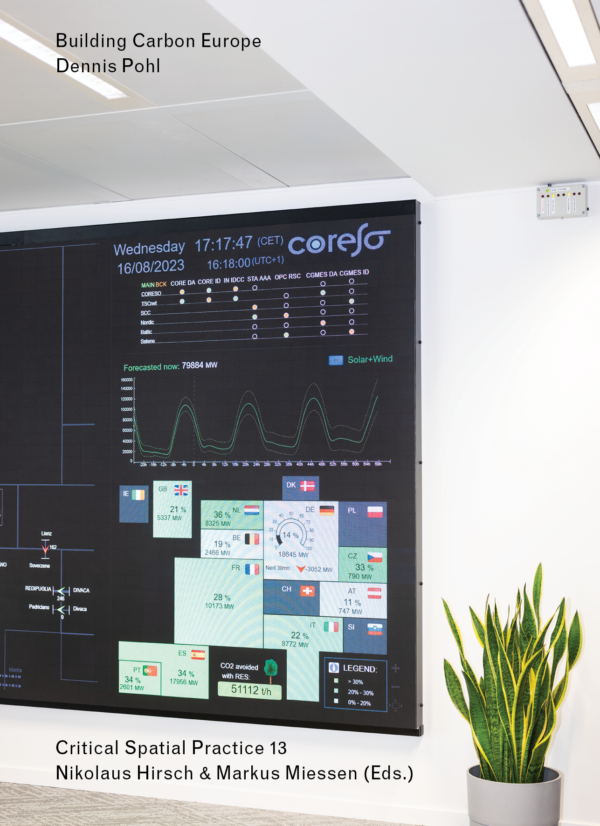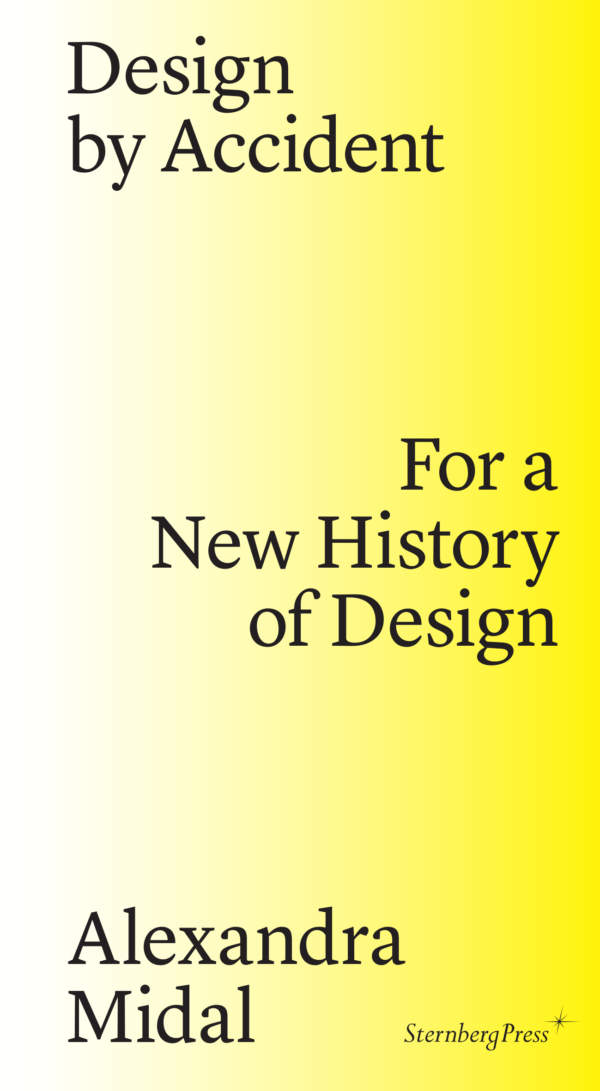Your cart is currently empty.
Cart

Konrad Wachsmann’s Television
Post-architectural Transmissions
Series Editors Nikolaus Hirsch & Markus Miessen
In this provocative intellectual biography, architectural historian Mark Wigley makes the surprising claim that the thinking behind modernist architect Konrad Wachsmann’s legendary projects was dominated by the idea of television. While architecture is typically embarrassed by television, preferring to act as if it never happened, Wachsmann fully embraced it. Investigating the archives of one of the most influential designers of the twentieth century, Wigley scrutinizes Wachsmann’s design, research, and teaching, closely reading a succession of unseen drawings, models, photographs, correspondence, publications, syllabi, reports, and manuscripts to argue that Wachsmann is an anti-architect—a student of some of the most influential designers of the 1920s that dedicated thirty-five post–Second World War years to the disappearance of architecture.
Wachsmann turned architecture against itself. His hypnotic projects for a new kind of space were organized around the thought that television liberates a different way of living together. Wachsmann dissolved buildings into pulsating mirages that were a huge influence on the experimental avant-gardes of the 1960s and 1970s. But Konrad Wachsmann’s Television: Post-architectural Transmissions demonstrates that this work was even more extreme than the experiments it inspired. The book offers a forensic analysis of a career to show that Wachsmann developed one of the most compelling manifestos of what architecture would need to become in the age of ubiquitous electronics.
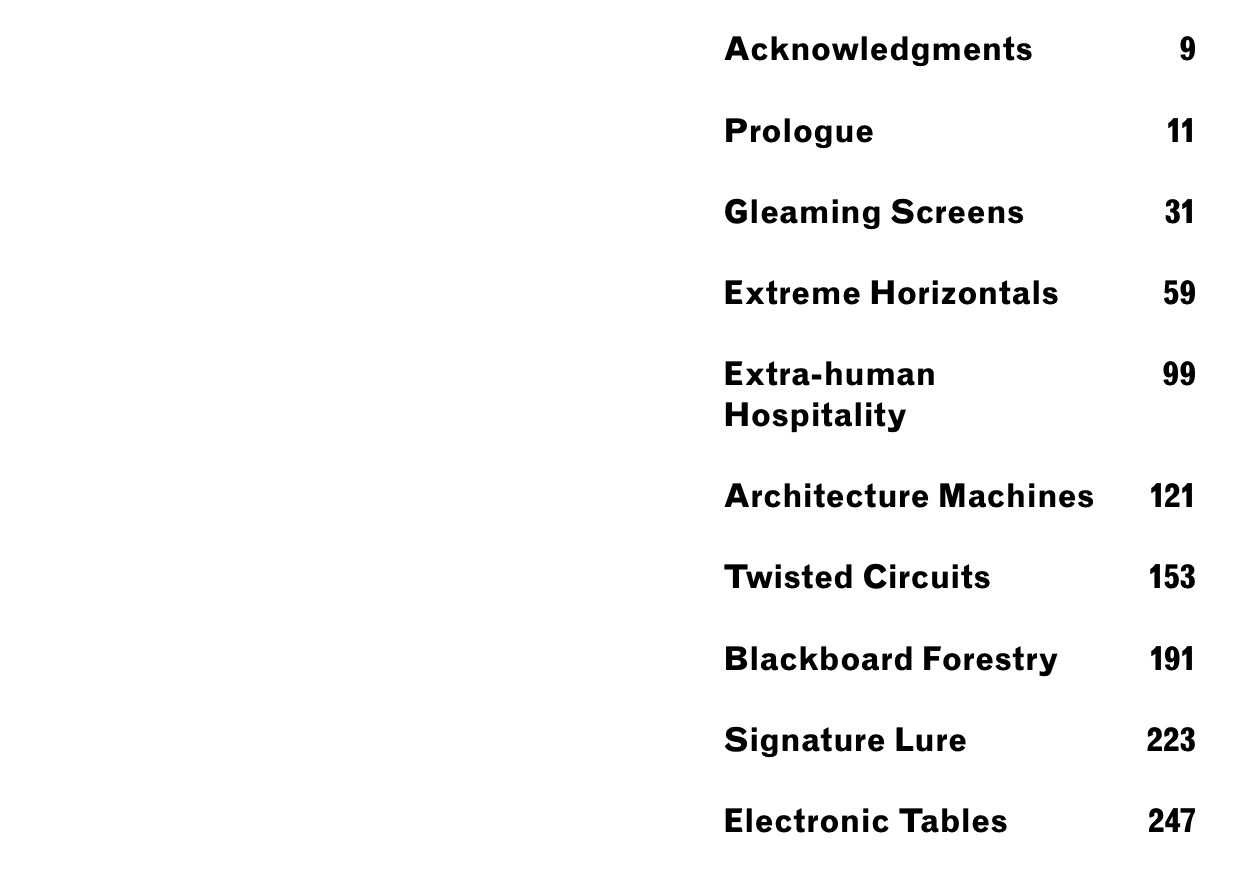



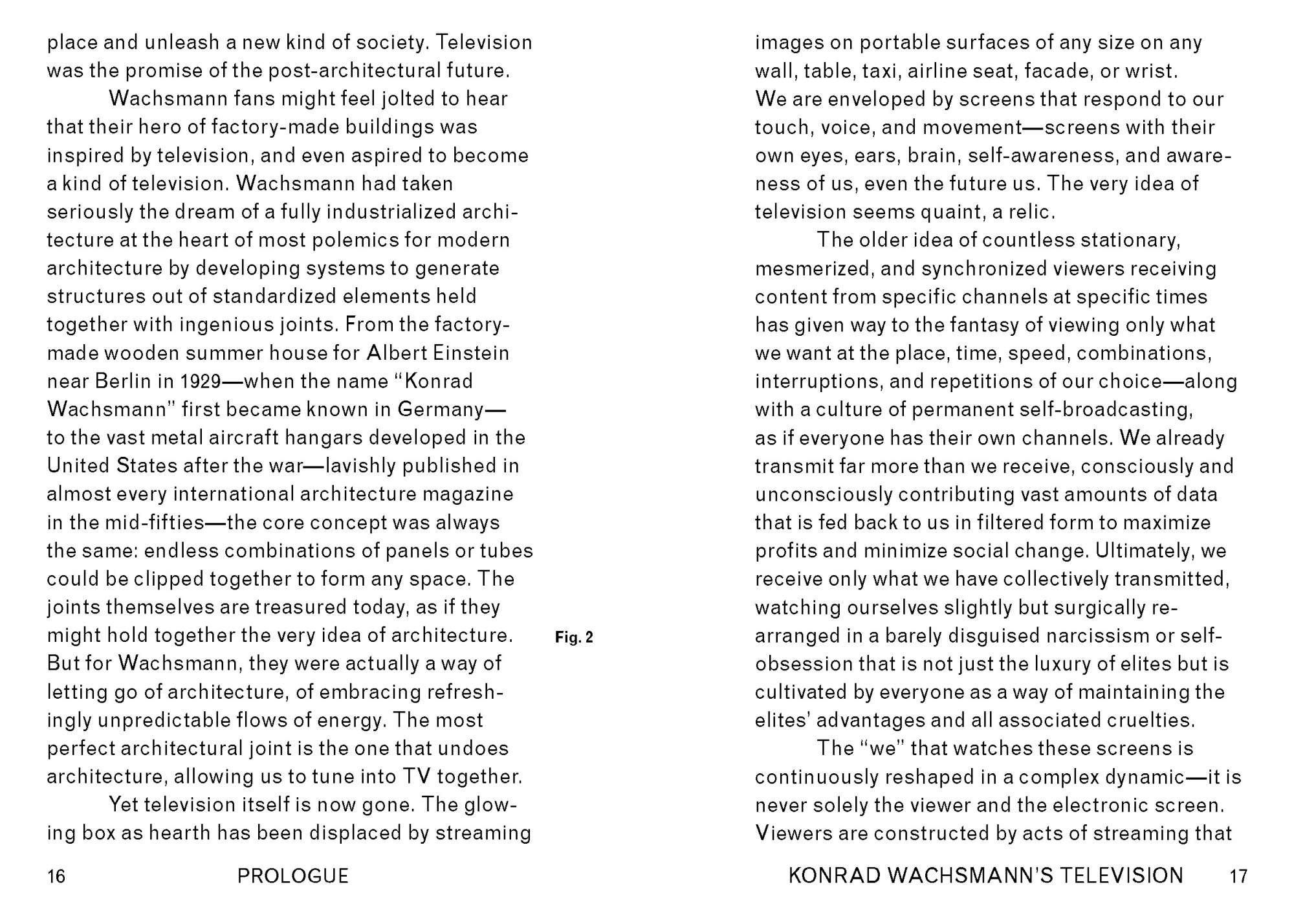
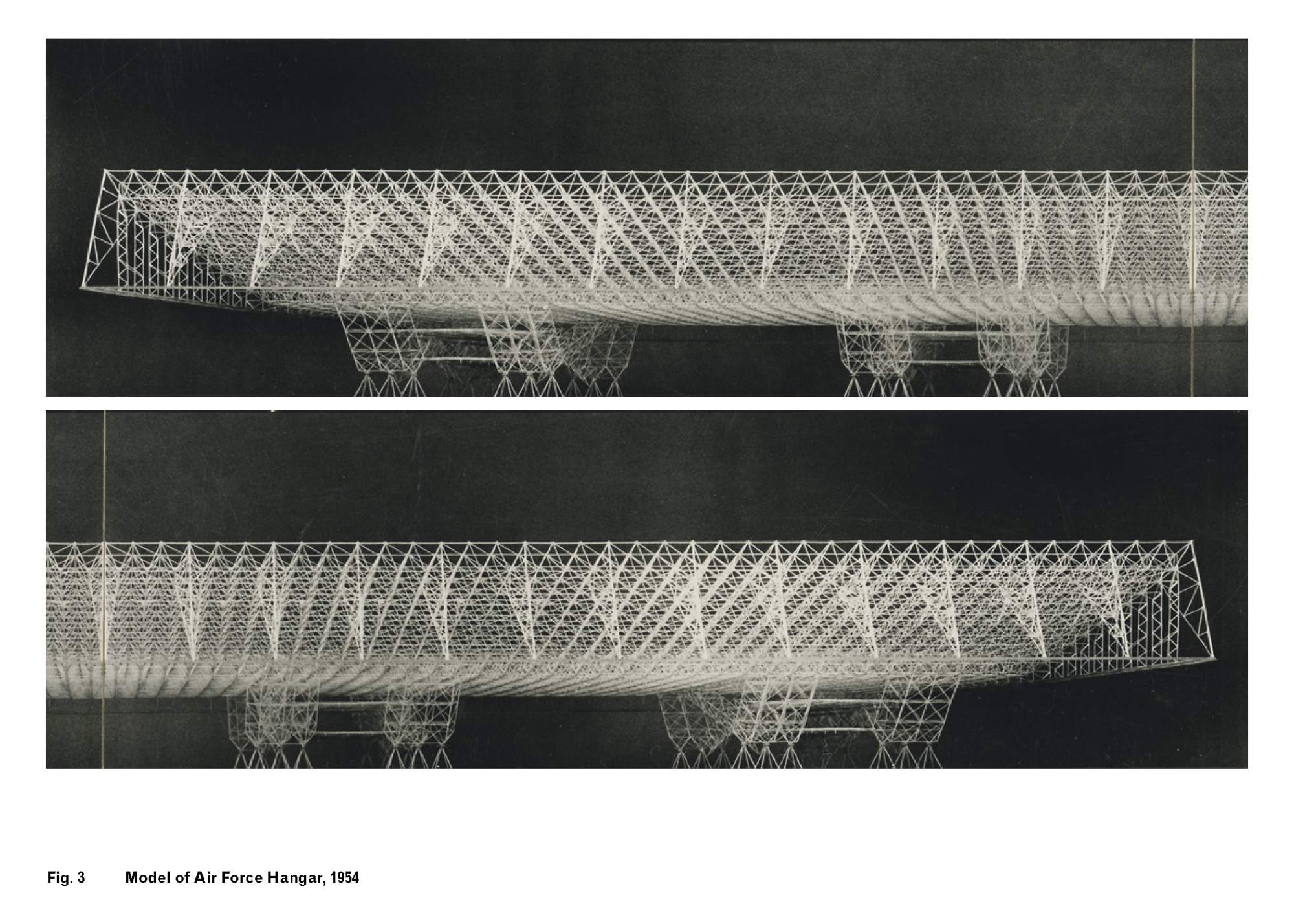
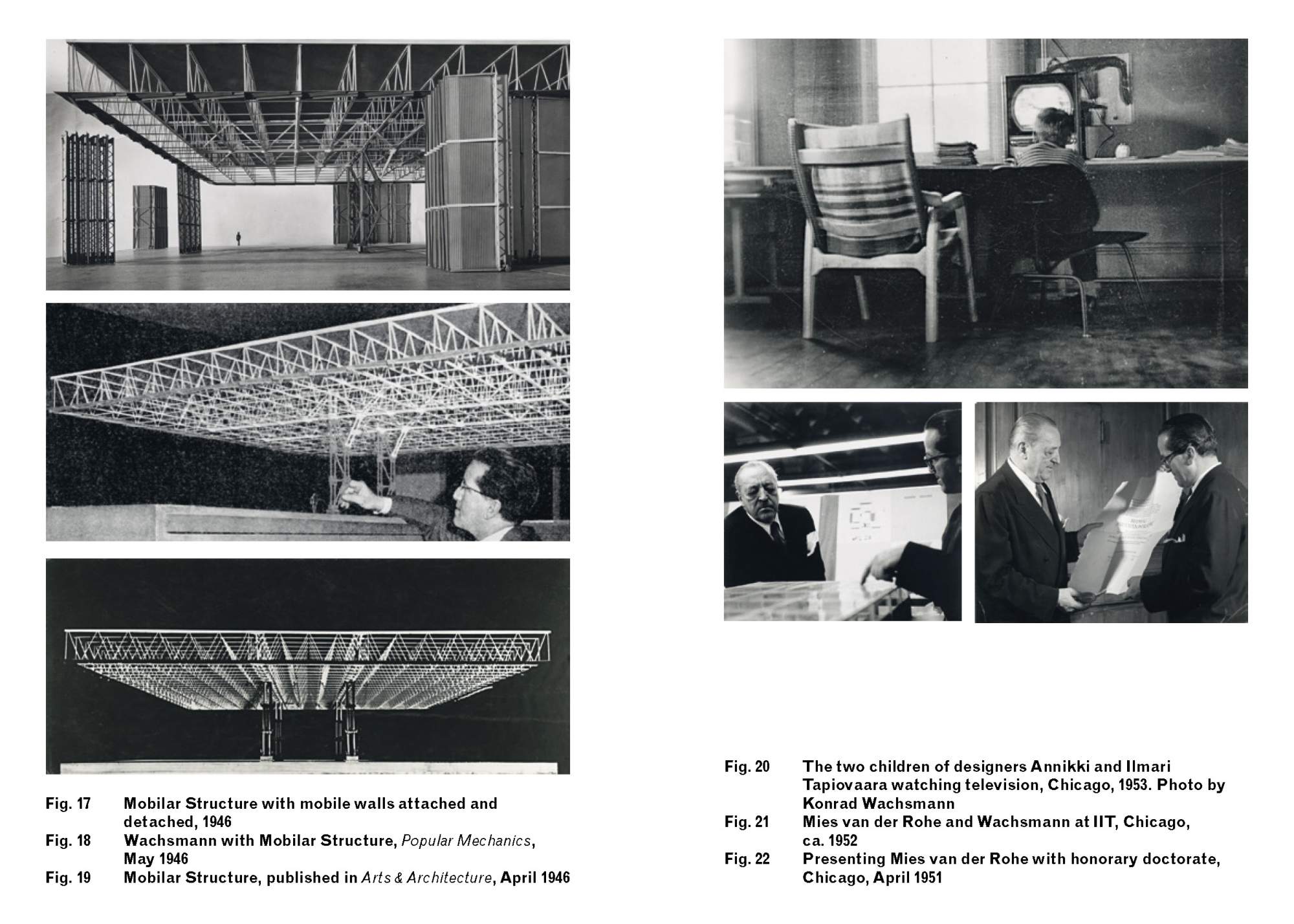


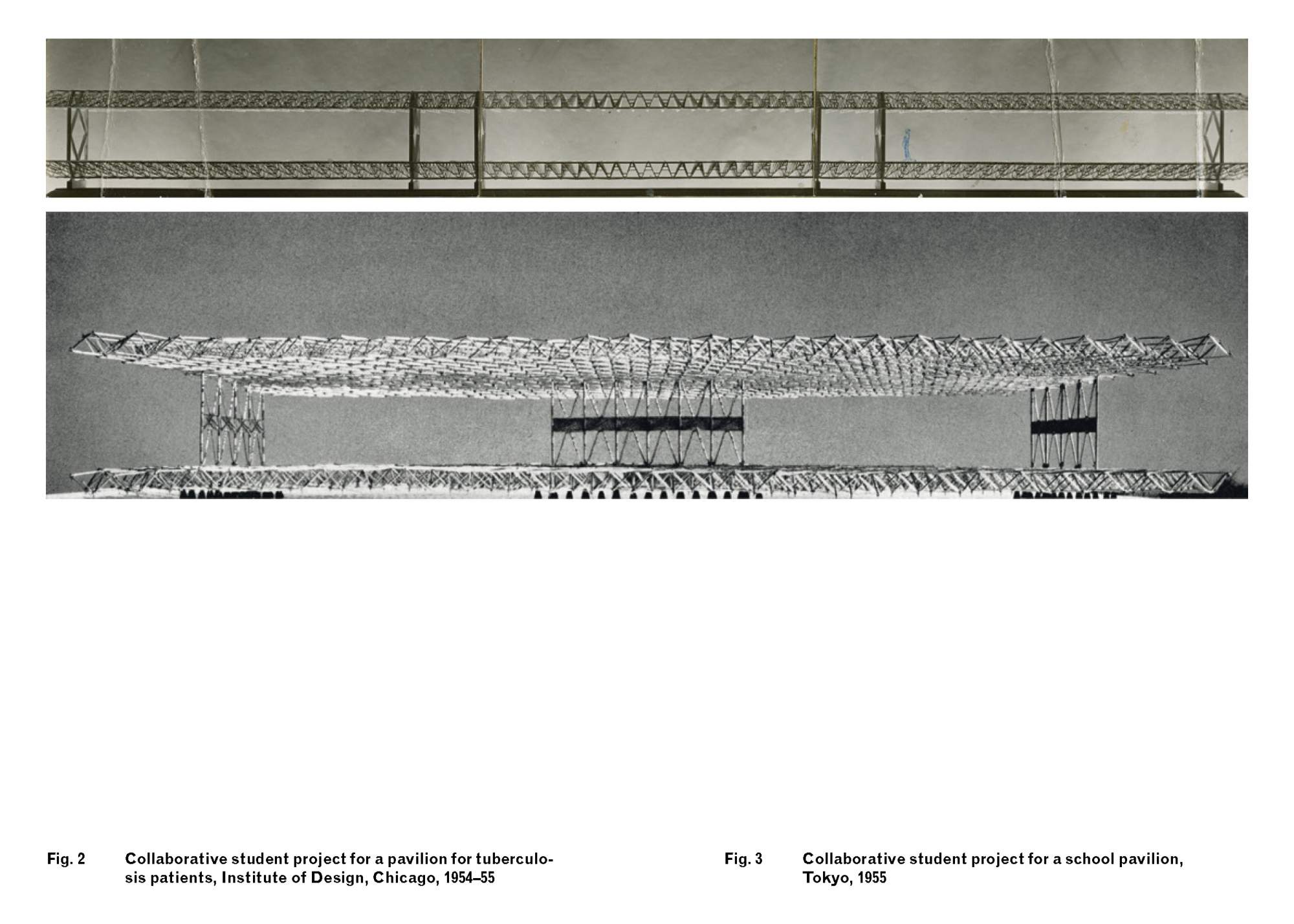

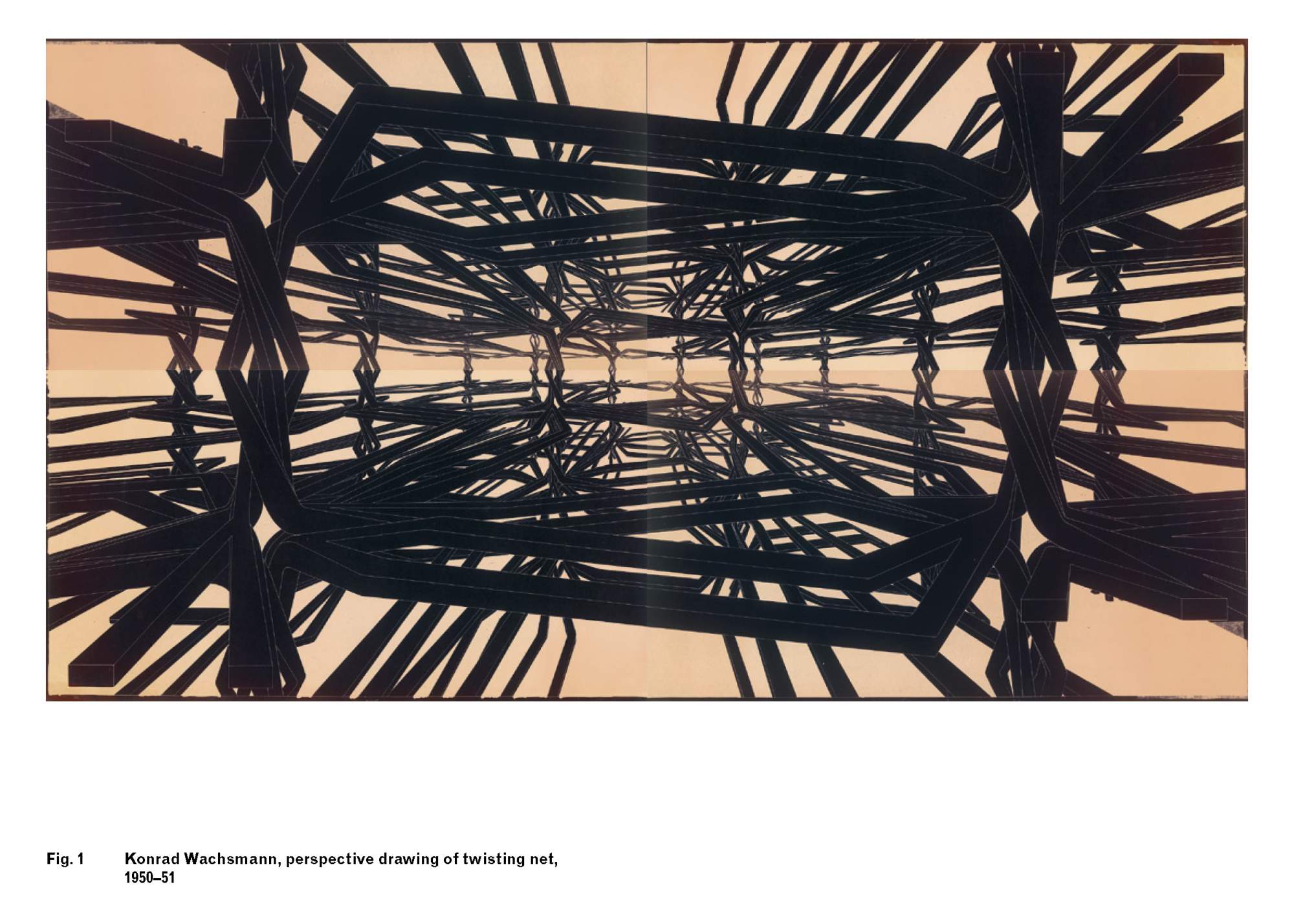
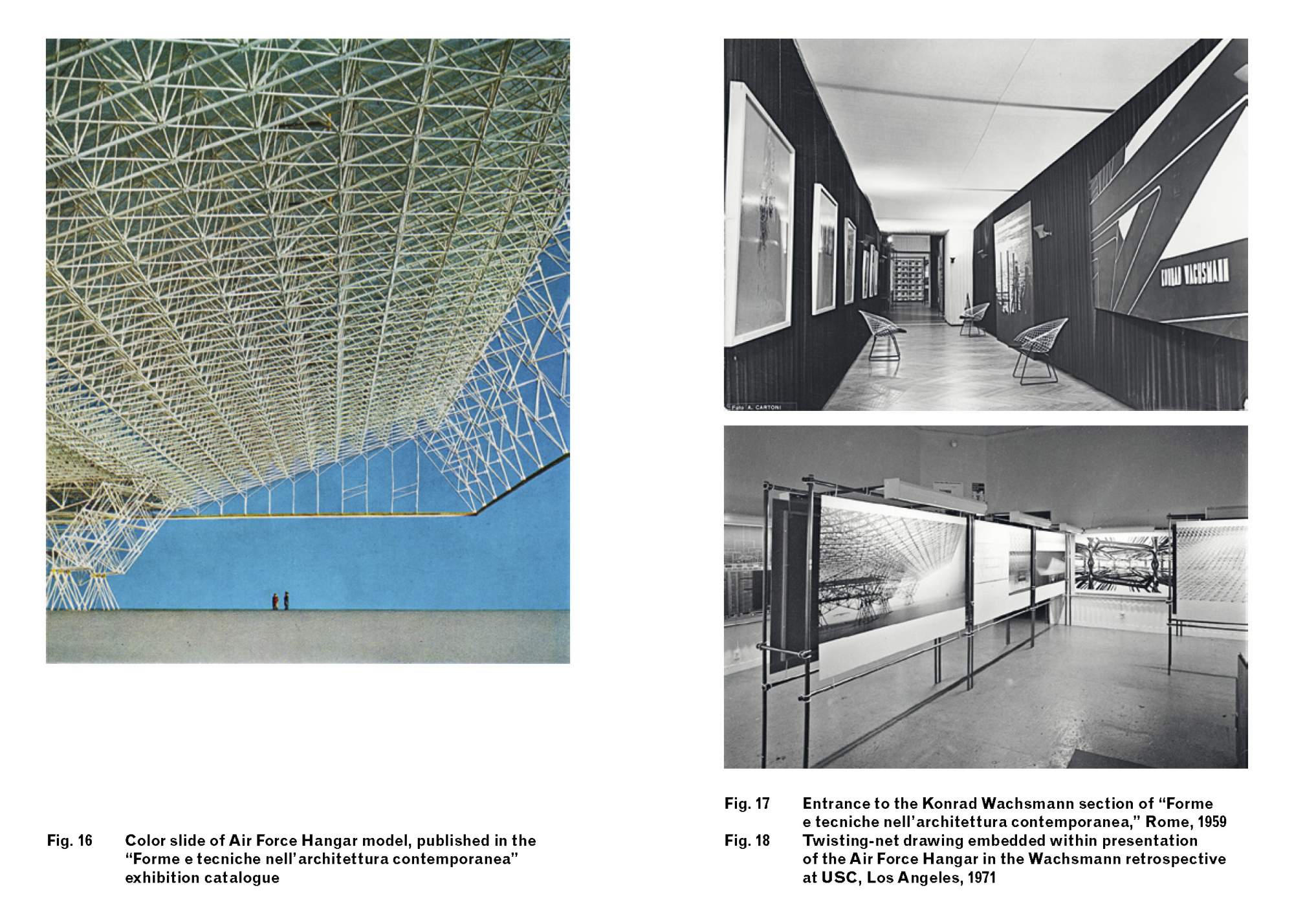
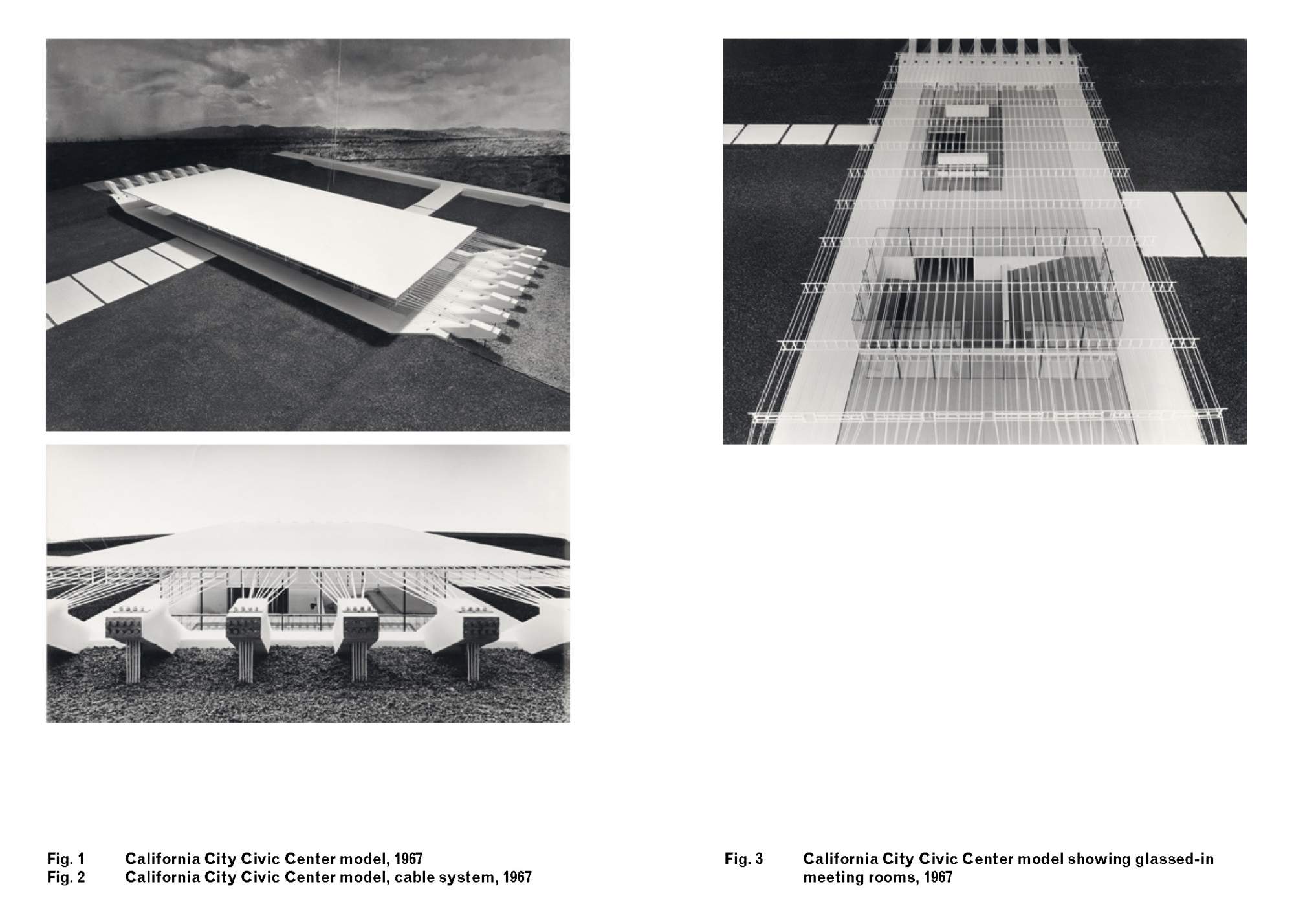



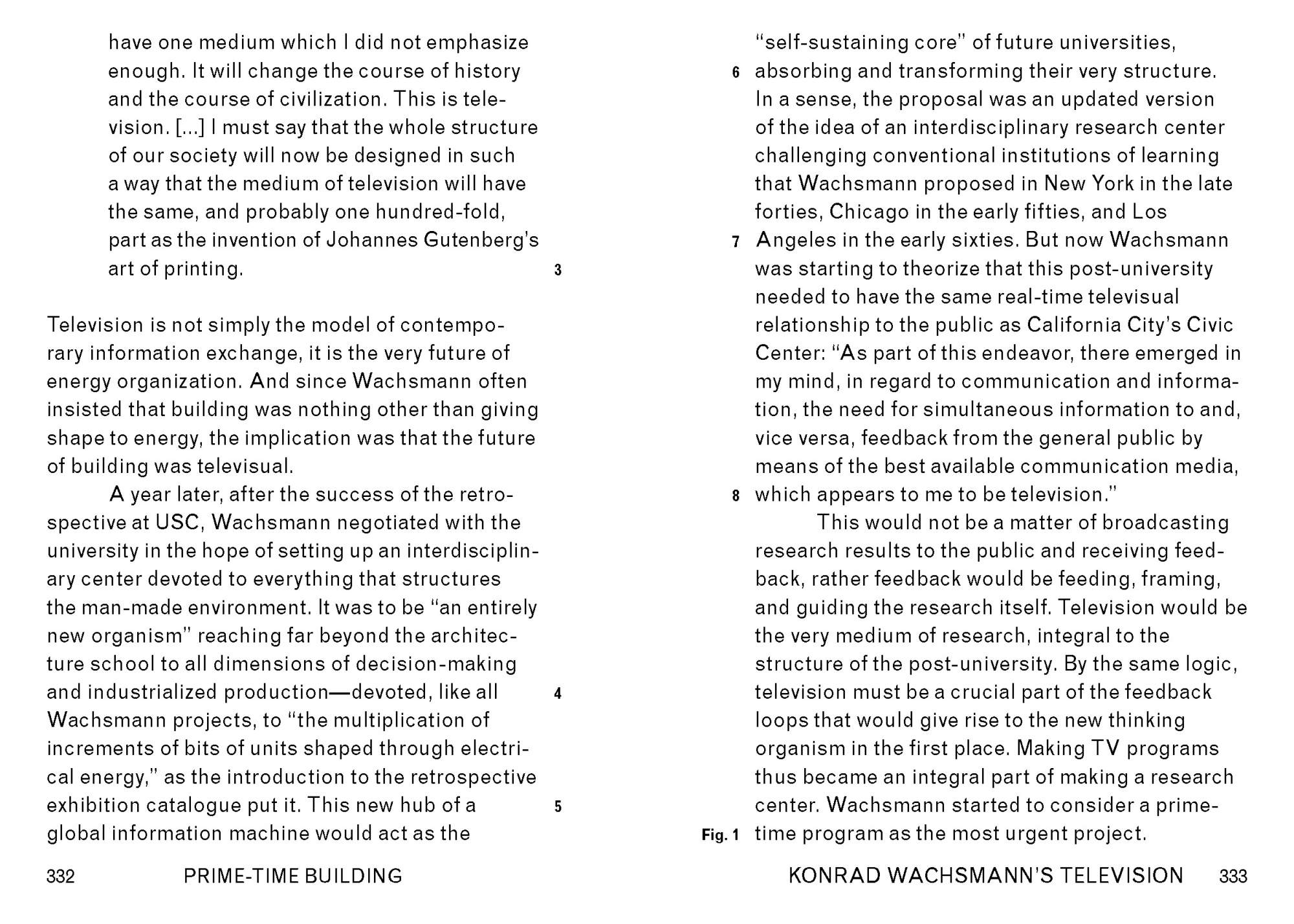
“Wigley’s elegant and witty work considers the German-American’s research strategy and its reception, precisely inserted in the networks of Cold War modernism—from émigrés to emerging designers and theorists—subtly sculpting the portrait of a man he sees as a ‘wireless architect, or, more precisely, a post-architect.’”
— John-Louis Cohen,
Architectural Record
“As architectural theorist Mark Wigley shows in one of the smartest architectural books of recent years, Konrad Wachsmann was obsessed with the idea that, in the age of television, the static medium of architecture must dissolve and merge with the new.”
— Niklas Maak,
Frankfurter Allgemeine Sonntagszeitung

